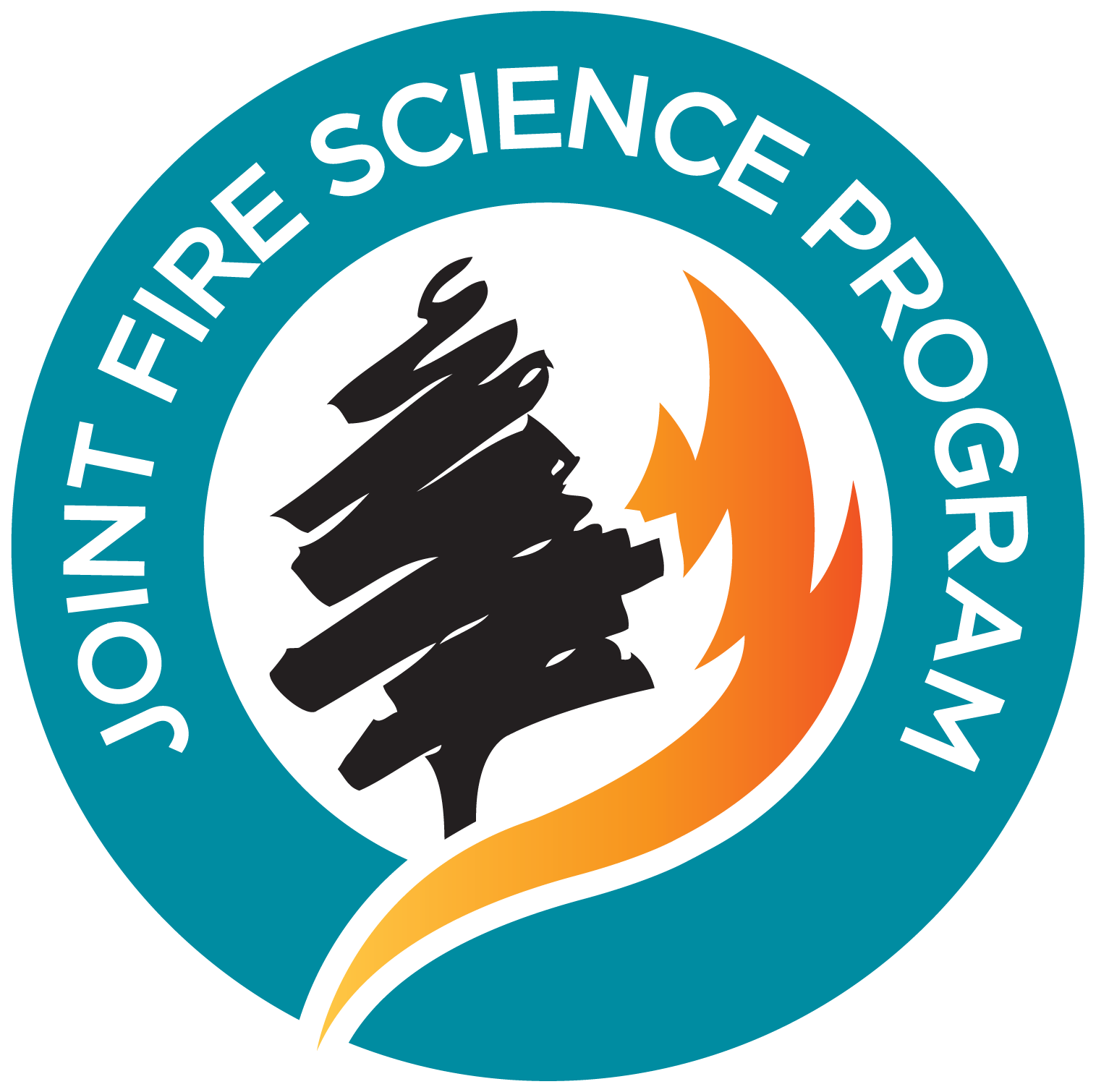United States Joint Fire Science Program

Joint Fire Science Program Synthesis Reports
Date of this Version
2010
Document Type
Article
Citation
United States Department of Agriculture Forest Service, Rocky Mountain Research Station, General Technical Report RMRS-GTR-240, August 2010
Abstract
This synthesis of post-fire treatment effectiveness reviews the past decade of research, monitoring, and product development related to post-fire hillslope emergency stabilization treatments, including erosion barriers, mulching, chemical soil treatments, and combinations of these treatments. In the past ten years, erosion barrier treatments (contour-felled logs and straw wattles) have declined in use and are now rarely applied as a post-fire hillslope treatment. In contrast, dry mulch treatments (agricultural straw, wood strands, wood shreds, etc.) have quickly gained acceptance as effective, though somewhat expensive, post-fire hillslope stabilization treatments and are frequently recommended when values-at-risk warrant protection. This change has been motivated by research that shows the proportion of exposed mineral soil (or conversely, the proportion of ground cover) to be the primary treatment factor controlling post-fire hillslope erosion. Erosion barrier treatments provide little ground cover and have been shown to be less effective than mulch, especially during short-duration, high intensity rainfall events. In addition, innovative options for producing and applying mulch materials have adapted these materials for use on large burned areas that are inaccessible by road. Although longer-term studies on mulch treatment effectiveness are on-going, early results and short-term studies have shown that dry mulches can be highly effective in reducing post-fire runoff and erosion. Hydromulches have been used after some fires, but they have been less effective than dry mulches in stabilizing burned hillslopes and generally decompose or degrade within a year.
Included in
Forest Management Commons, Other Forestry and Forest Sciences Commons, Wood Science and Pulp, Paper Technology Commons


Comments
US government work.